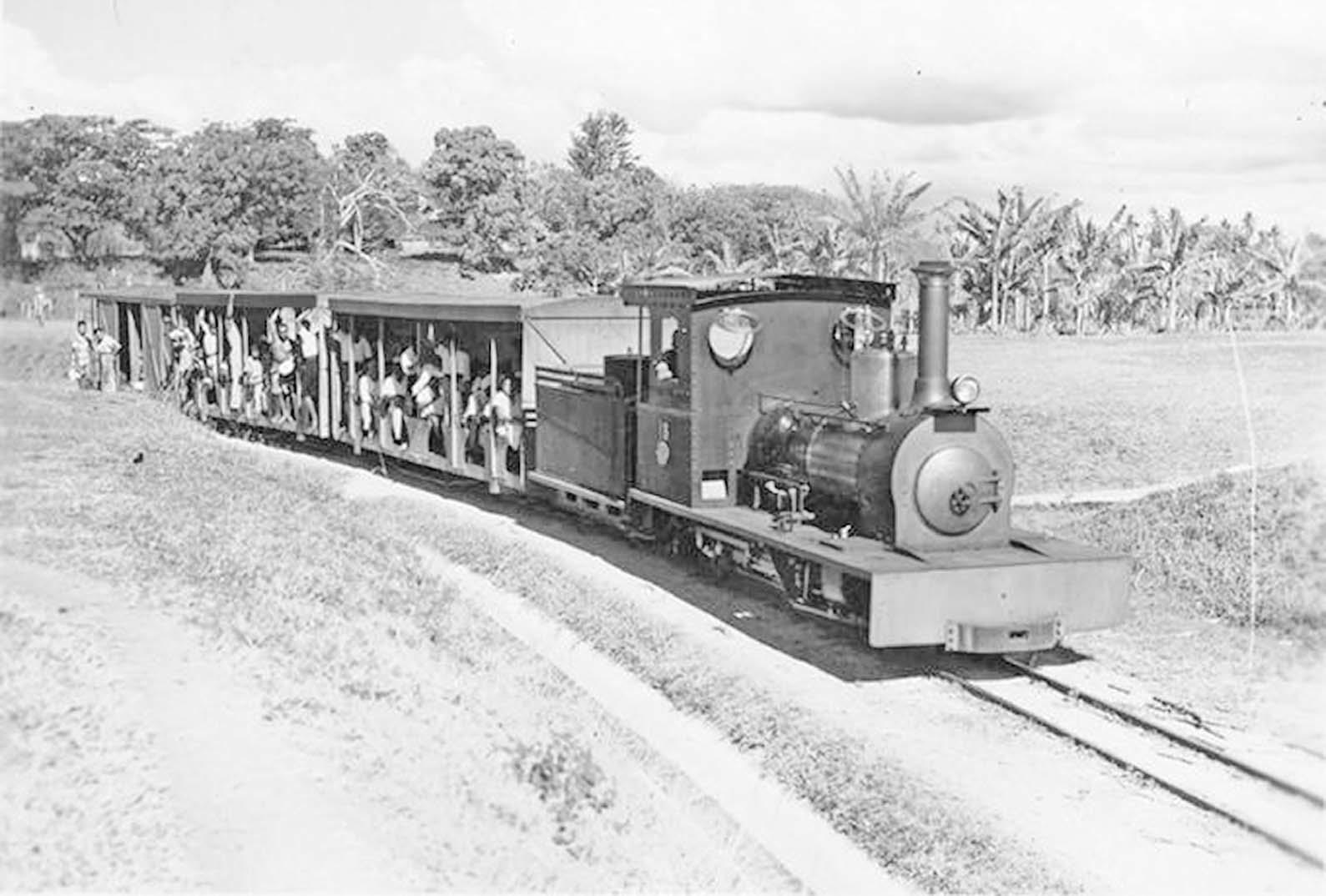During peak planting season, droves of farmland located either in the hinterlands or even the roadsides are a sea of green.
Quaint farmhouses with bits of paint peeling away, stand as a statuesque and homely addition amid a crop that has sustained the livelihood of thousands of farmers since the 1880s.
Sugarcane has undoubtedly been the backbone of Fiji’s economy since it gained prominence for its lucrative capability.
The pioneers and early settlers who saw Fiji as a potential agricultural hub may have had their doubts at first, but through trial and error, cane milling rose above expectations and grew into a powerhouse, carrying Fiji’s economy on its back for decades to come.
Now, with a changing climate and mechanisation, the industry has had to cope in order to survive.
For all its prominence, the once-flourishing industry is fizzling out.
Generations of farmers who have kept the industry alive are still fighting to survive, and many youngsters are opting for other forms of employment than labouring in a field under the sweltering sun.
For all its challenges, the sugar industry in Fiji has a rich history and marks one of the most crucial periods in the country’s development. Sugar rose to prominence in the 1880s.
As a British colony, Fiji was a unique territory that was geographically inclined to become a hub of the South Pacific.
A Pacific Research project under the Australian National University by Dr Michael Moynagh titled Brown or White?
A History of Fiji’s Sugar Industry 1873-1973 notes that sugarcane got its start after the cotton boom in the 1860s. At the time, America was one of the largest producers of cotton in the world.
The slave trade from Africa meant the industry was thriving, with maximum profits going towards plantation owners.
However, the uprising and subsequent Civil War, which lasted from 1861 to 1865, opened up avenues in other parts of the world to see cotton as a feasible product.
In his book, Dr Moynagh notes plantation agriculture first flourished in Fiji during the cotton boom of the late 1860s.
“The American Civil War disrupted the world’s main supply of cotton, so that the price rose and Fiji’s output grew,” he writes.
Dr Moynagh writes that planters initially settled in Lau, Taveuni, Southern Vanua Levu and the mouth of the Rewa River.
Things went swimmingly for a while, however, external factors such as the end of the American Civil War, and the Franco-Prussian War meant source markets were opening up and potential buyers, namely France, were impacted.
As a result, trade of cotton plummeted, worsening the woes of the many planters who had pinned their hopes on cotton.
The search began for a new crop that could solve the mounting credit and debt that planters were under. The answer came in the form of sugarcane.
Dr Moynagh writes one of the first attempts to plant cane at Wakaya Island in 1862 was a financial failure.
“With the subsequent rise in cotton prices, there had been little incentive to try again with a crop where the capital costs were higher than that of cotton because machinery had to be provided to crush the cane,” he writes.
“After the slump in cotton prices, many settlers turned to sugar.”
In December, 1871, the Cakobau government announced an offer of a £500 reward for “the first and best crop”.
A paper published by Rasheed A. Ali and Jai P. Narayan, titled The Fiji Sugar Industry: A Brief History and Overview of its Structure and Operations, notes as many as 34 small sugar mills were established throughout the country to cope with the demand.
While the Western Division arguably yielded the best results in terms of cane production, the early days of cane plantation has its roots in the Central Division.
Cane plantation began in Suva, Nausori and Rewa as planters believed the wet weather would cater to a better yield.
In 1872, an experimental sugar mill was set up in Suva by two businessmen, Paul Joske and William Brewer.
However, this mill did not have a long lease of life. Perhaps the most successful mill in the division was the Nausori mill, which ran from 1882 until its closure in 1959.
Cane planting in the Central Division had taken off, but it was yet to bear fruit. The large quantities of cane displayed extremely poor sugar quality.
Thus, a decision had to be made. As time went on, all mills constructed in the Central Division were closed in favour of those in the West.
However, as the saying goes, when one door closes, another opens. And this is true in the case of our sugar industry. In fact, this was just the beginning.
• Join us next week as we look at how the Colonial Sugar Refining Company (CSR) entered the fold.


